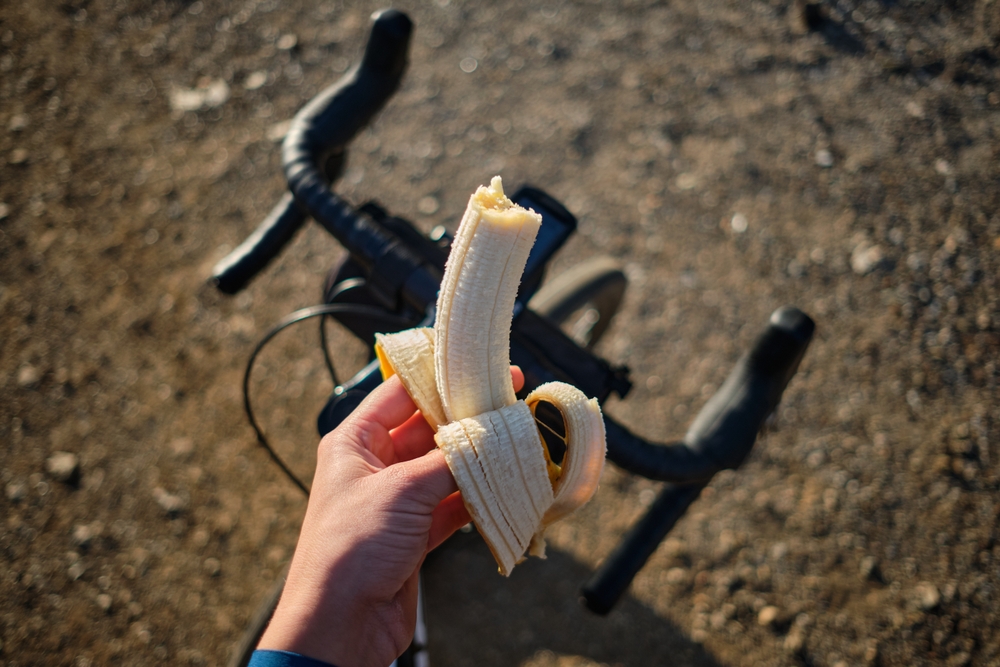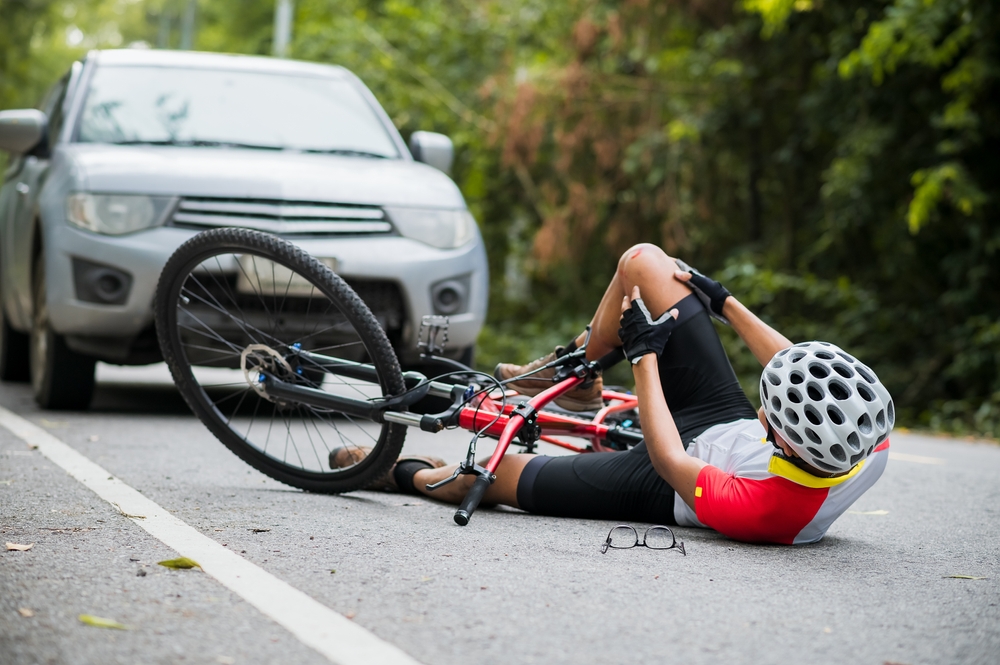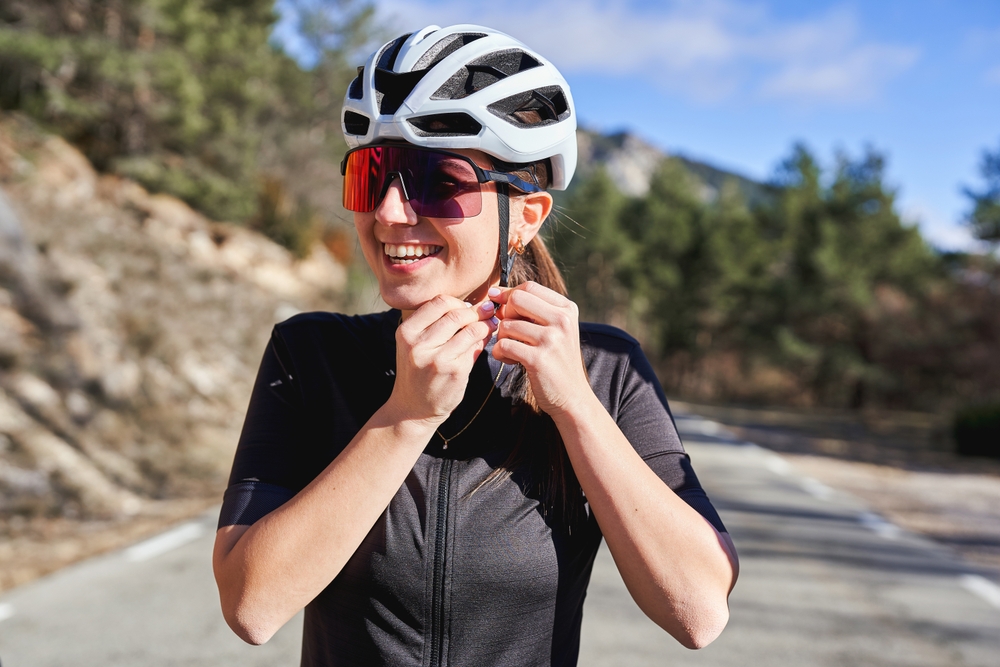Cycle safety is the number one priority when we are out on our bikes. This is why it’s essential that we teach this to Children when they first learn how to ride a bike.
By teaching Children about cycle safety, we can ensure that they grow up knowing how to be safe on the roads and reduce the risk of having a cycle accident.
Cycle safety starts with the bike
It’s essential that we check over our bikes before going out on a ride. This includes everything from making sure the tyres have enough pressure to ensuring the brakes are in full working order. If you need some help with what to check on your bike, make sure to check out 5 Tips for Easy Bike Maintenance.
Let’s not forget the helmet. This should fit snug and not have any excessive movement when on the head. If there are any cracks or dents in the helmet, make sure you replace this as soon as possible. If you need some extra help with bicycle helmets, we have a bike helmet guide for you.
Start off learning how to cycle in a quiet area
When we first learn to ride a bike, it’s typically on a quiet road, or even on a playing field. This helps build up confidence as other road users can be quite intimidating when you’re learning. Removing the stabilisers can be quite daunting for children, but with practice they can learn to cycle at their own pace.
As they progress, you’ll move onto different roads and cycle paths, until they are comfortable cycling on their own.
When should children learn to ride a bike?
Whilst there isn’t a definitive age for a child to learn to ride a bike, it’s recommended to teach them between the ages of three and eight. Not only does this help with their development, but they’re also learning a new vital skill. When they are older, it gives them freedom when they are allowed out with their friends, for example.
Often, they start by using stabilisers, and then once they can ride confidently with those, you can remove them. On average, it takes children around 45 minutes to learn how to ride a bike. Whilst this doesn’t seem long, it’s a very long time for children to focus. This is why it’s important to break each session down into multiple sessions of 5 to 10 minutes.
The key to confidence is practice
Remember that 45 minutes is just the average, so your child may need some additional time. Again, it all comes down to confidence, so it might be a good idea to try gentle encouragement and try not to push them too hard. The last thing you’ll want to do is put them off cycling!
The more time you spend with them when they’re learning to cycle, the better. Once they have learnt, it’s all about going out regularly to build up their confidence at first. From here you can take them on longer rides, and soon it’ll be like second nature to them.
Cycling proficiency at school
Luckily here in the UK, many schools offer cycling proficiency. These are classes run during school time, where children are taught the essential skills of how to be safe on the road. They are taught about hand signals, where exactly to cycle, and how to safely get on and off the bike.
Cycle Accident Claims understands the importance of learning cycle safety
Here at Cycle Accident Claims we have over 26 years of experience with cycle accidents, and are fully prepared to help you get the justice you deserve after being involved in a cycling accident that wasn’t your fault. Whilst cycle safety is important, unfortunately sometimes accidents do still happen.
If you do find yourself in the unfortunate situation of having been involved in a cycle accident, make sure to contact us today so we can help you get back on track. Please note that if you are making a claim on behalf of your child, you will have three years from the date they turn 18 to make the claim.








